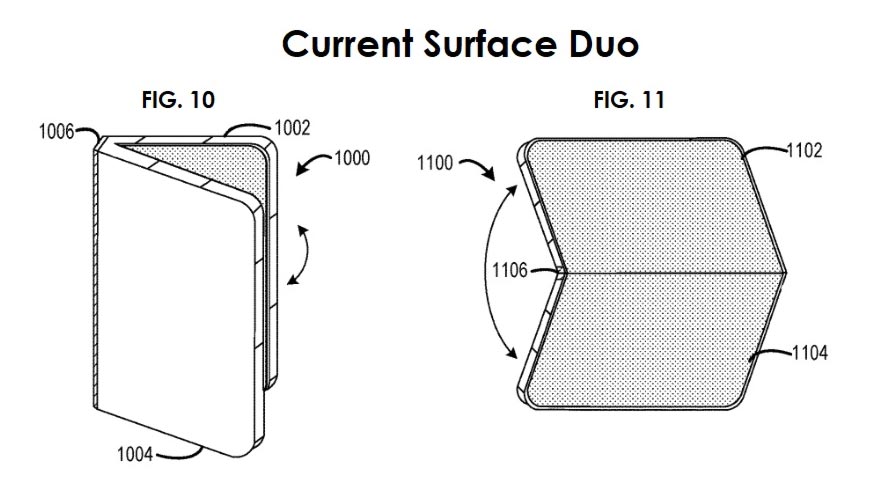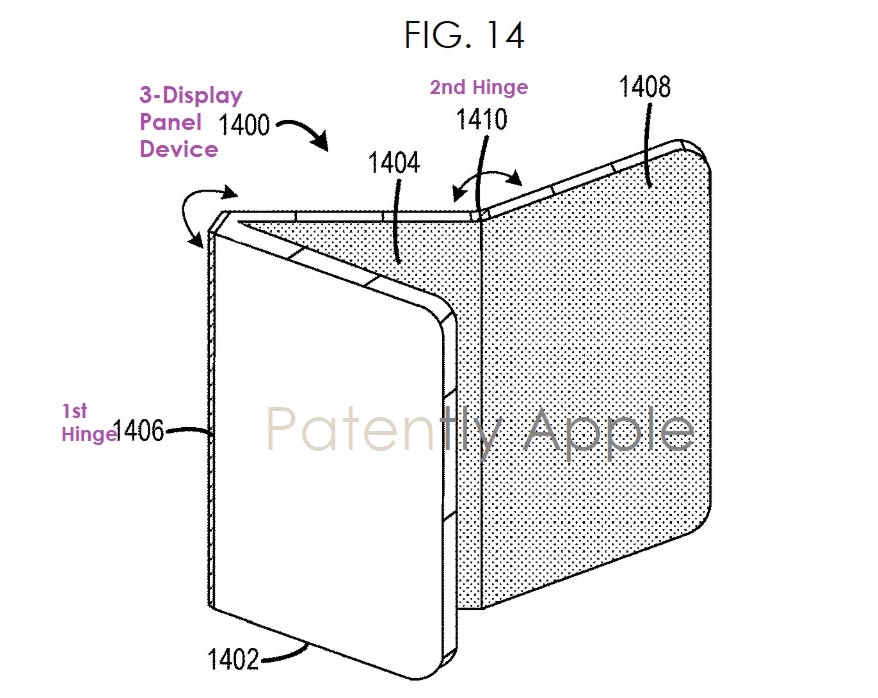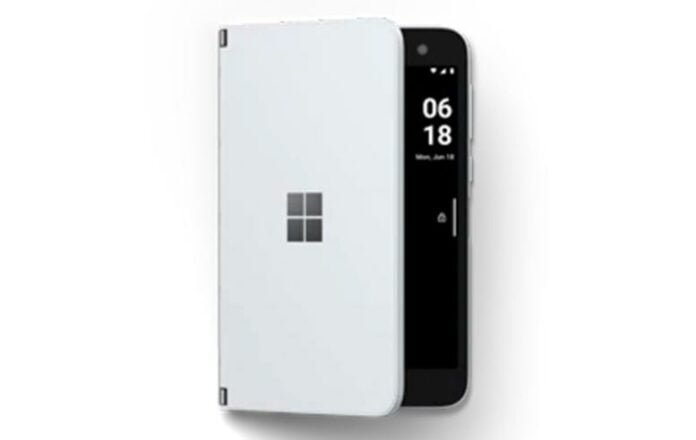A patent filed by Microsoft may shine a light onto a possible next evolutionary step for the Surface Duo line of foldable smartphones. The United States Patent and Trademark Office (USPTO) granted Microsoft a patent last week (but the patent was filed in June 2020) and published some of the associated sketches that outline a triple-screen Microsoft-designed “multi-panel device.”
The original Surface Duo wasn’t very warmly received once its specs became well known. Its reputation as a worthwhile device took a further dive when it was released to the public with software/UI teething troubles. Meanwhile, Microsoft’s Surface 2 seems to have pushed forward strongly in both hardware and software, if you have all the latest firmware and software updates.

Third time’s the charm is a well-worn phrase that is based upon humanity’s shared life experience of needing a couple of tries at something to get it just-so. It seems to apply widely to tech products – Windows 3, iPhone 3, Voodoo 3, etc. – and it may be about to unfold (sorry) for Microsoft’s Surface smartphone line.
The emergence of the above-linked patent and drawings don’t mean Microsoft is going to advance the Surface Duo 3 in this way, or come out with a rebranded device called something like the Surface Trio. Tech firms regularly file and get patents approved, from which seeds nothing ever seems to sprout. However, it is still worth a look at the plans, to see what might transpire.

Microsoft’s verbose and technical patent thankfully comes with one very informative illustration. Pondering over this image you can see the triple-screen device will have two hinges to fold in the fashion of a collapsed Z. This means when the device is in a completely folded-up state, “1408 Display 3” remains useful. No mini external display, like the Duo 2 Glance Bar, will thus be required to check notifications, etc. The phone UI will just rearrange the essential screen contents onto the always-available portion of the folding device.
Looking a bit more closely you can see the drawing represents “1402, Display 1” as a thicker part of the device. This indicates it will possibly hold the computing, imaging, battery components and so on. Lastly the patent seems to show a foldable with no screen bezels between the three parts – in other words it appears to be a continuous screen which folds up as seen in devices from Samsung, Oppo and Huawei.
Samsung has previously demoed screen technology which would fit in with Microsoft’s patented vision.

